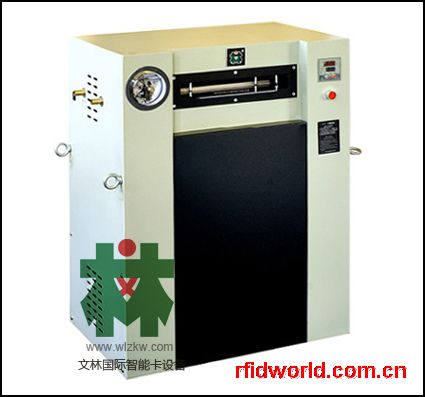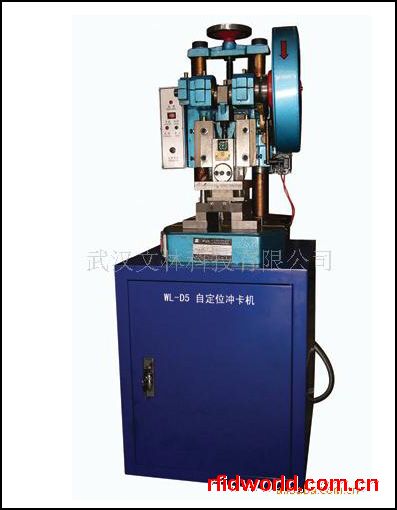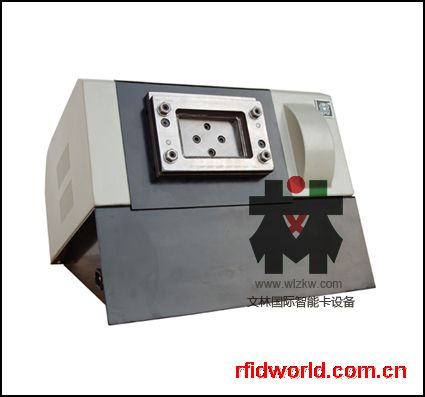RFID在中国的标准化
In the past two years, RFID has been pushed to the forefront of emerging technologies. IDC predicts that RFID related spending for the U.S. Retail Supply Chain in 2005 will approach $800 million dollars. A key impetus to the widespread adoption of RFID is the standardization efforts originally pushed by the Auto-ID Center and now EPCglobal. Just when the standardization efforts are underway in the U.S. and Europe, recent articles pointed out that the Peoples Republic of China is in the process of developing its own RFID standards. Similar to efforts in standardizing wireless protocols and computer security, analysts believe that China is writing its own specifications in an attempt to protect intellectual property and its own technology companies. This has sparked concerns that protectionist efforts might hinder the adoption of the technology. So why is RFID technology important to China? What are the implications of different RFID standard specifications? What is the progress of standardization development in China? This article will address these questions and attempt to draw some conclusions concerning the future of RFID technology and standardization in China.
The importance of RFID technology and standards in China
RFID is important to China for two main reasons. For application in the supply chain, it is ideal to incorporate the tagging process at the manufacturing level. China is the manufacturing center of world. more than 65% of non food products sold in Wal-Mart are manufactured in China. Additionally China is interested in anti-counterfeit solutions using RFID, specifically for the wine and tobacco industries. Estimates show that more than six hundred million bottles of wine and two billion cartons of cigarettes are consumed annually by the Chinese population. For the popular brands of wine and tobacco, more than half are estimated to be counterfeit items . Since both supply chain and anti-counterfeit solutions involve multiple stakeholders, manufacturers, distribution companies and retailers, the need for standardization became apparent.
Standardization Process
Standardization in China starts with the Standardization Administration of China (SAC). Under this organization, there are many Technical Committees (TC) focused on specific technology areas. When a need for standardization arises, the SAC first collects requirements from the responsible Technical Committee. The SAC then assigns a standards working group consisting of industry and academic participants to generate a draft proposal. When the completed proposal is submitted to the SAC, a group of domain experts are organized to evaluate and finally ratify the proposal as a standards specification.
RFID standardization is separated into two parts. The RFID standards working group is responsible for standardizing hardware related issues such as frequency allocation, bandwidth, and tag-to-reader communication. The Article Numbering Center of China (ANCC), a sponsor for EPCglobal in China, is focused on the tag encoding format making sure that goods tagged in China are compliant with the Electronic Product Code (EPC) coding scheme.
Standards Implications
RFID standardization can be divided into three sections: air interface protocol, tag encoding format, and the information services infrastructure. The air interface and tag encoding formats are the main focus of SAC. The information services infrastructure is still evolving with limited deployment. Air interface specification is around the permissible frequency and communication protocol between RFID tags and readers. Additional features including writing and locking tag data, encryption, and interference resolution fall under this category. Similar to Europe, the operating frequency of long range passive UHF tags are in conflict with the GSM mobile networks in China.
Competing international standards between the ISO and EPCGlobal are also a cause for concern. Contrary to common belief, whether China follows an existing standards specification or develops its own air interface, the decision itself is not a barrier for global adoption. The intricacies of the air interface protocol can be hidden from the application by using multi-protocol readers. Reader manufacturers including AWID, Matrics, Samsys, and Tyco have all developed readers that are capable of reading different tags.
It is imperative that standards have a common tag encoding format as it determines what bytes can be encoded on the tag and thus recognized across the supply chain. If a box of tissue paper is coded using the suppliers own Stock Keeping Unit (SKU) numbers it can not be recognized by the retailer who is using Global Trade Identifiers (GTIN) to receive products. In fact, the case of tissue paper may be mistaken for a bottle of shampoo.
Current Progress
RFID adoption in China by both commercial and academic institutions is already underway. Top Wal-Mart suppliers Hewlett Packard and Hasboro have operations in China and are investigating source tagging. Hewlett Packard has licensed a temporary frequency band for RFID implementation from the Chinese government. Multinational companies including Sun Microsystems, Phillips, Texas Instruments, SAP, and Oracle have all announced their RFID
Initiatives in China.
Several institutions within China are also leading the way in the development of RFID technology. Fudan University in Shanghai hosts the Auto-ID Lab in China, one of six universities around the world responsible for fundamental RFID research. The China EPC Working Group in Beijing was formed in March to investigate the industrialization and commercialization of RFID/EPC technology. The group was formed under the request of China Association of Standardization, an advisory committee of the SAC.
Summary
Recently, the China’s RFID standards group announced that it is in the process of developing its own air interface specification but at the same time they emphasized that the specifications will be interoperable with international standards. One unnamed official noted that the purpose of the standardization is not to setup a competitive barrier against global efforts but rather for ensuring that quality requirements and performance benchmarks are met by the growing market. As with any standardization process, the specifications will evolve as the technology becomes more mature. Regardless of the intent, it is clear however that to maintain its manufacturing leadership, China must make sure that its standards are interoperable beyond its national borders and across the global supply chain.

 登录
登录
 注册
注册








